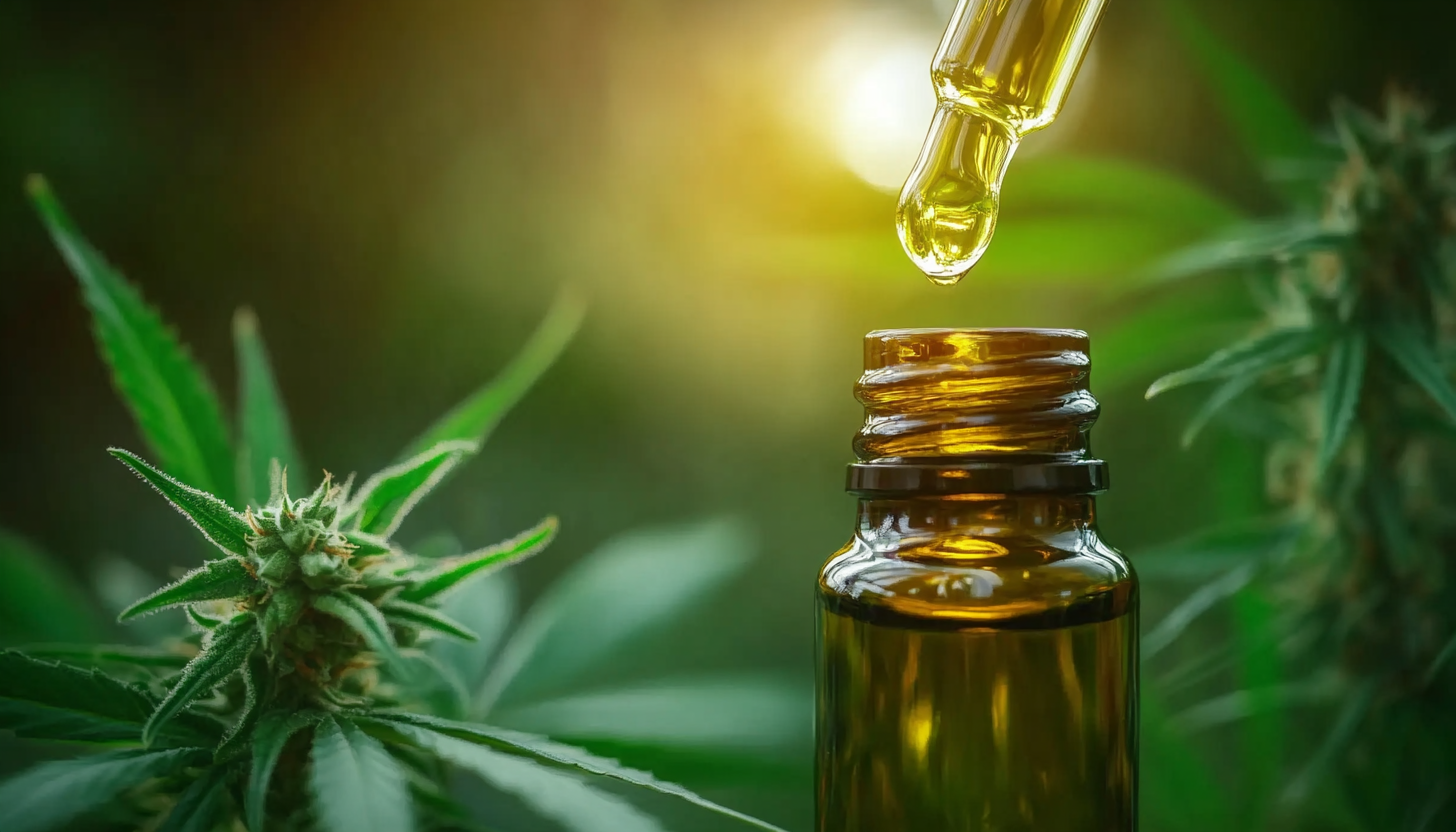Understanding Full-Spectrum vs Broad-Spectrum CBD
The world of CBD products can be overwhelming, with numerous options available to consumers. Among these, full-spectrum and broad-spectrum CBD are two popular choices. Understanding the differences between them is key to making an informed decision about which product might be best suited for individual needs.
What is Full-Spectrum CBD?
Full-spectrum CBD contains all the naturally occurring compounds found in the cannabis plant, including cannabinoids, terpenes, and flavonoids. This type of CBD is often favored for its potential to produce the “entourage effect,” where the various compounds work synergistically to enhance the overall therapeutic benefits.
Components of Full-Spectrum CBD
- Cannabinoids: Includes CBD, THC (in trace amounts), CBG, CBN, and others.
- Terpenes: Aromatic compounds that may have therapeutic benefits.
- Flavonoids: Plant compounds known for their antioxidant properties.
Full-spectrum CBD products are often chosen by those seeking a comprehensive approach to wellness, as they offer a wide range of cannabinoids and other beneficial compounds.
What is Broad-Spectrum CBD?
Broad-spectrum CBD is similar to full-spectrum, but with one key difference: it contains no THC. This makes it an appealing option for individuals who want to avoid THC altogether while still benefiting from other cannabinoids and terpenes.
Components of Broad-Spectrum CBD
- Cannabinoids: Includes CBD, CBG, CBN, and others, but no THC.
- Terpenes: Present in broad-spectrum products, contributing to potential therapeutic effects.
- Flavonoids: Retained in the extraction process, offering antioxidant benefits.
Broad-spectrum CBD is often chosen by those who are subject to drug testing or have sensitivities to THC, yet still wish to experience the benefits of multiple cannabinoids.
Comparing the Benefits
Both full-spectrum and broad-spectrum CBD offer unique advantages. The choice between them often depends on personal preferences and specific health goals.
Benefits of Full-Spectrum CBD
- Entourage Effect: The combination of cannabinoids and terpenes may enhance therapeutic effects.
- Comprehensive Profile: Contains a wide array of beneficial compounds.
- Potential for Greater Relief: Some users report more significant relief from symptoms.
Benefits of Broad-Spectrum CBD
- THC-Free: Ideal for those avoiding THC for personal or legal reasons.
- Entourage Effect Without THC: Still offers synergistic benefits from other cannabinoids and terpenes.
- Suitable for Sensitive Individuals: May be better tolerated by those sensitive to THC.
Case Studies and Research
Research into the effects of full-spectrum and broad-spectrum CBD is ongoing, with several studies highlighting their potential benefits.
Full-Spectrum CBD Studies
A study published in the “Journal of Pain and Symptom Management” found that full-spectrum CBD was more effective in reducing pain and inflammation compared to CBD isolate. Participants reported significant improvements in their symptoms, suggesting the entourage effect plays a role in enhancing therapeutic outcomes.
Broad-Spectrum CBD Studies
Research published in “Frontiers in Neurology” indicated that broad-spectrum CBD could be beneficial for individuals with epilepsy. The study highlighted the potential of broad-spectrum products to reduce seizure frequency without the psychoactive effects of THC.
Choosing the Right Product
When selecting between full-spectrum and broad-spectrum CBD, several factors should be considered, including personal health goals, sensitivity to THC, and legal considerations. Consulting with a healthcare professional can provide additional guidance tailored to individual needs.
Factors to Consider
- Health Goals: Determine whether a comprehensive cannabinoid profile or THC-free product aligns with your objectives.
- Sensitivity to THC: Consider any potential sensitivities or legal restrictions related to THC.
- Product Testing: Look for products that have been third-party tested for quality and purity.
Conclusion
Understanding the differences between full-spectrum and broad-spectrum CBD is crucial for making an informed choice. Full-spectrum offers a complete cannabinoid profile, potentially enhancing therapeutic effects through the entourage effect. Broad-spectrum provides similar benefits without THC, making it suitable for those avoiding this compound. Both options have their unique advantages, and the decision ultimately depends on individual preferences and health goals.
